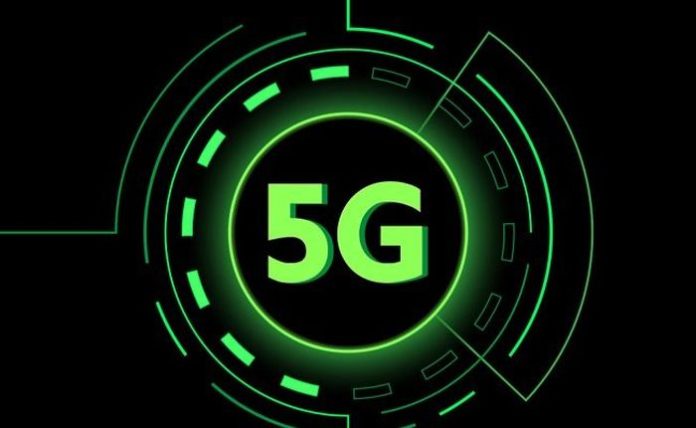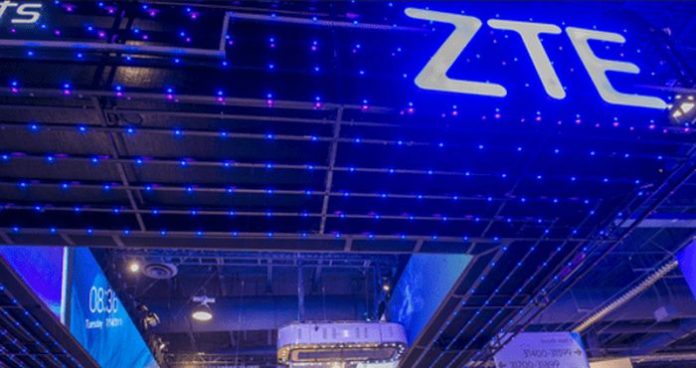If you’ve been following the news coming from the tech industry for the last couple of years, you probably know that there is an increase in the global utilization of 5G networks. Because of this, a well-known organization called “ZTE” has been working on releasing new, improved, and innovative 5G solutions.
This is why you’re probably wondering – in which ways has ZTE made 5G technology better? Fortunately for all individuals that are wondering about the same question, the article below can shed some light on the entire topic. But, before we look at the improvements, let’s first look at what 5G actually is:
5G: Explained

In the past, we had several mobile networks, including 1G, 2G, 3G, and, of course, 4G, a network that most of us currently utilize. 5G stands for ‘5th Generation mobile network’, a solution that allows people to connect with other individuals, as well as items including things such as different gadgets, machines, and devices.
The entire idea behind this tech is that it can deliver higher data limits, minimal latency, it has huge network capacities, and it’s also more reliable than some other options. Additionally, you should know that it has better performance and efficiency, and it’s capable of connecting new industries.
This new and improved network is more suitable for air interface, which means that it has been manufactured with an improved capacity in order to improve the experiences people have, and more importantly, it has the ability to transform other important industries, including transportation, healthcare, agriculture, as well as digitized logistics.
5 Ways ZTE Has Improved The 5G
Now that you’ve learned more about 5G, we can move on with talking about the ways ZTE has improved the 5th generation network, which includes the following improvements:
1. They’ve Developed And Deployed Green 5G Networks

At the moment, more and more organizations, from all over the world strive to be greener and ZTE isn’t an exception. In fact, the company has long been committed to creating power-efficient and green networks. With the emergence and increased use of 5G, they have been focused on decreasing power consumption.
After all, 5G operators function on several radio access techs, meaning that they use more RF units. Hence, in order for them to operate, they must use more energy than usual. On the other hand, ZTE has been striving to lower the amount of energy they need for both their fixed and wireless assets.
By working on their efficiency, they’ve been partnering with operators from all over the globe to create networks that are greener. This means that they’re fulfilling their promise in response to the SDGs and their efforts can be seen in the last 6 years since they submitted more than 450 Eco-friendly 5G innovation patents.
During last year, their 5G active antenna units have received an iF Design Award and moreover, they’ve worked with other organizations to establish and create a smart power-saving network – an innovation that has managed to win the Outstanding Catalyst award.
2. They Achieved Huge MIMO to Accelerate User Experience

In the era of this new network, ZTE has been using huge MIMO tech to boost the experiences people have. This tech is embraced at the air interface in order to implement SDMA, something that can maximize cell capacity. In fact, back in 2014, ZTE has applied this strategy to their 4G network, which improved its capacity, and they’re also using it 7 years later.
Besides using MIMO tech, ZTE5G has also been providing different parameter solutions for the broadcast capacity optimization in several scenarios, including usual urban locations, CBD areas, as well as really large assemblies and events. So, by them increasing the capacity, they manage to provide their users in diverse locations with a reliable network.
3. They Released FAST
FDD Assisted Super TDD or as it’s more commonly referred to as FAST is a creative and emerging technology coming from ZTE. It relies on TDD and FDD clusters, which means that the performance of the uplinks and downlinks has been boosted by expanding the area it can cover and at the same time lowering the latency of 5G.
As we mentioned, ZTE has partnered up with different organizations, and together with them, they have successfully established the first FAST solution in the tech industry. This is also something that allowed flexible carrier pairing deliveries, which again results in a better experience for the users.
4. They Introduced Multi-Access Edge
If you do some digging online, you’ll learn that MEC – or as it’s also known as Multi-Access Edge Computing – cabinets allow plug-and-play options, however, with increase price performance for different fields. This means that they’ve implemented a 1-stop IaaS deployment that allows end-to-end uses.
5. UniSite+ Improves Co-Site Formation
If operators chose to deploy UniSite+ solutions, they’ll be capable of getting to the “one + two = seven” strategy, which suggests that using 1 Active + Passive unit, as well as 2 ultra-broadband radio units can work on a 7- band RAT establishment. This means that it is the newest, yet easiest site solution in the tech field and it also lowers the number of needed gadgets by more than 60 percent.
Besides this simplification, the newest baseband tech is at another amazing level, meaning that ZTE has set in motion the first all-RAT baseband board. This board supports a wide range of things including 2, 3, 4G, and of course, 5G in one single board to ensure smoother improvements in the 5th generation network.
Conclusion

By now, it’s pretty clear that ZTE has been operating long and hard to improve the relatively new 5G network. Besides them implementing and creating different things that’ll allow users to have a better experience, they also strive to make their company and technology more Eco-friendly, which can help reduce pollution.
So, now that you’re aware of all the 5G innovations ZTE has introduced to the world, you might not want to lose any more of your free time. Instead, you might want to open up a new search tab and start searching for some articles on the benefits of the 5th Generation network.









